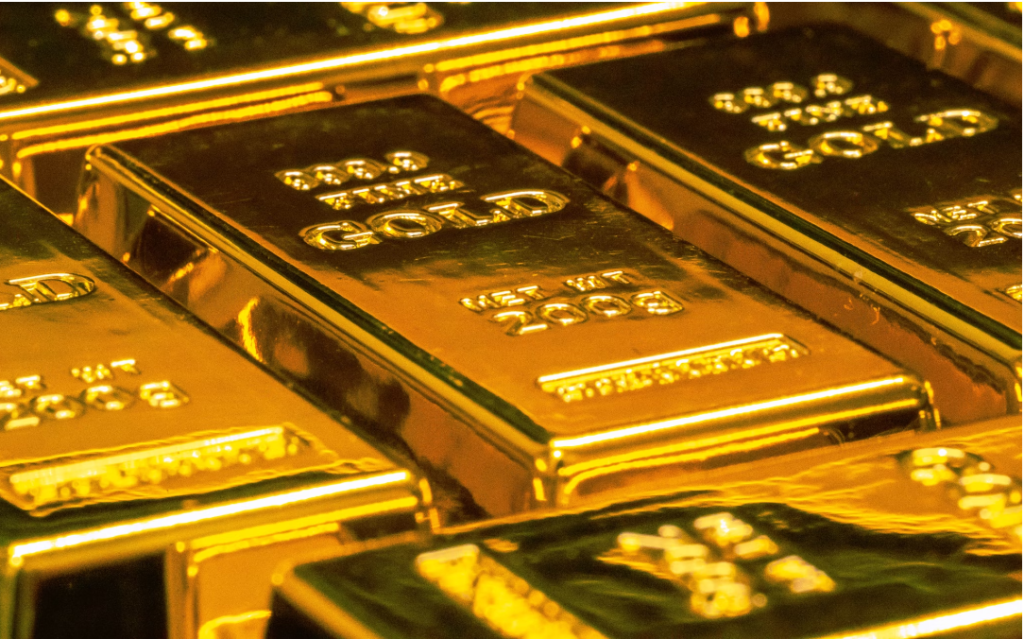Why Is Gold So Expensive?
Gold has been a symbol of wealth and power for millennia, prized for its beauty, rarity, and utility. But what makes gold so expensive? It’s a question many people wonder about, especially when they see the price of gold soaring in global markets. The value of gold is influenced by several factors, ranging from its physical properties to global economic trends.
1. Rarity and Limited Supply
Gold is a rare metal, which makes it inherently valuable. According to experts, all the gold ever mined would fit into a cube with sides of about 21 meters. Its rarity ensures that even with demand fluctuations, the supply remains relatively constant, keeping its price high. The difficulty and expense of mining gold also add to its cost. Gold deposits are often located deep underground or in remote locations, requiring significant resources to extract.
Unlike copper and silver, gold is much scarcer in the earth’s crust, making it inherently more precious.
2. Historical Significance
Gold has been used as a store of value for thousands of years, dating back to ancient civilizations. Unlike other commodities, it doesn’t corrode or tarnish, allowing it to maintain its value over time. Civilizations across the world have used gold for currency, jewelry, and even religious artifacts. This historical significance contributes to its continued demand in modern economies.
3. Safe Haven Asset
One of the primary reasons gold is so expensive is its role as a “safe haven” asset. During times of economic uncertainty, such as inflation, currency devaluation, or geopolitical instability, investors flock to gold as a way to preserve their wealth. Unlike fiat currencies, which can be printed, gold’s limited supply ensures it retains value during financial crises. This demand increases its price during periods of global instability.
https://topnewssurf.com/wp-admin/post.php?post=1183&action=edit
4. Industrial Uses
Gold is not just valuable for its aesthetics or as a financial asset; it also has practical uses in various industries. Its excellent conductivity and resistance to tarnish make it essential for electronics, medical devices, and aerospace applications. As technology advances, the demand for gold in these industries continues to rise, pushing up its price.
Gold’s lustrous and metallic qualities, relative scarcity, and difficulty of extraction add to the perception that gold is a valuable commodity.
5. Central Bank Reserves
Central banks around the world hold large reserves of gold to back their currencies and secure their economies. When central banks increase their gold holdings, it signals confidence in gold’s long-term value, boosting demand and prices. For example, the U.S., Germany, and India are among the countries with significant gold reserves, influencing the global gold market.
6. Fluctuating Currency Values
The price of gold is often inversely related to the value of the US dollar. When the dollar weakens, gold becomes more attractive as an alternative store of value, increasing demand and prices. The dynamics of currency values play a significant role in the fluctuations of gold prices globally.

7. Inflation Hedge
Gold is often seen as a hedge against inflation. As the purchasing power of paper currencies declines due to inflation, gold’s value tends to rise, making it an attractive option for investors looking to protect their wealth. This dynamic adds to gold’s demand, especially in periods of high inflation.
In summary, gold’s high price is driven by a combination of its rarity, historical significance, role as a safe-haven asset, industrial uses, and demand from central banks. Its limited supply, coupled with growing demand in various sectors, continues to push prices upward, making it one of the most expensive and enduringly valuable commodities in the world.





One thought on “Why Is Gold So Expensive? Unveiling the Secrets Behind the Price 1”